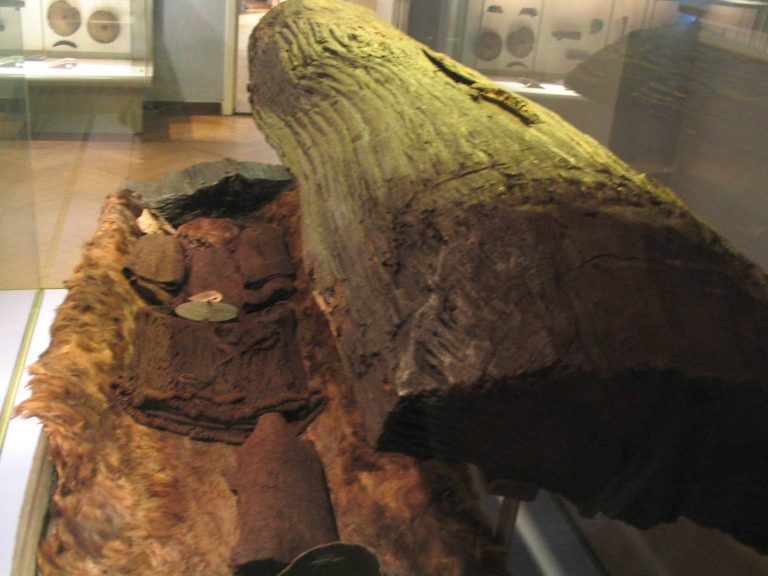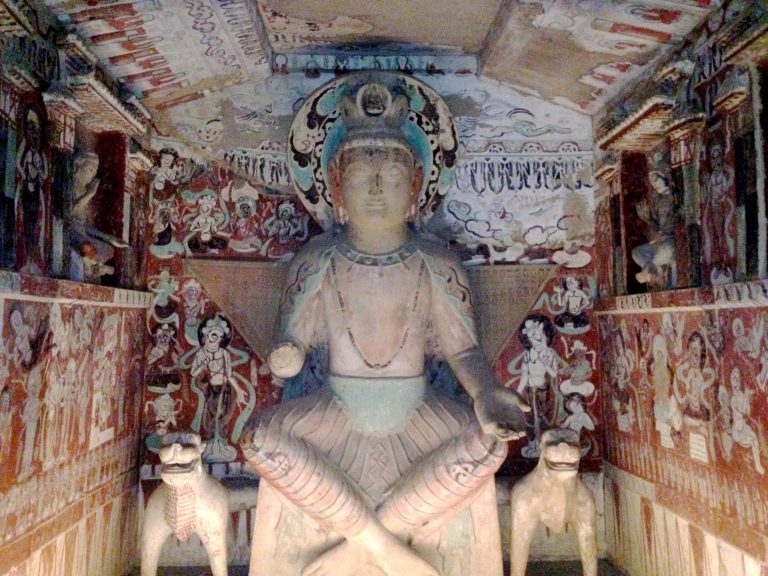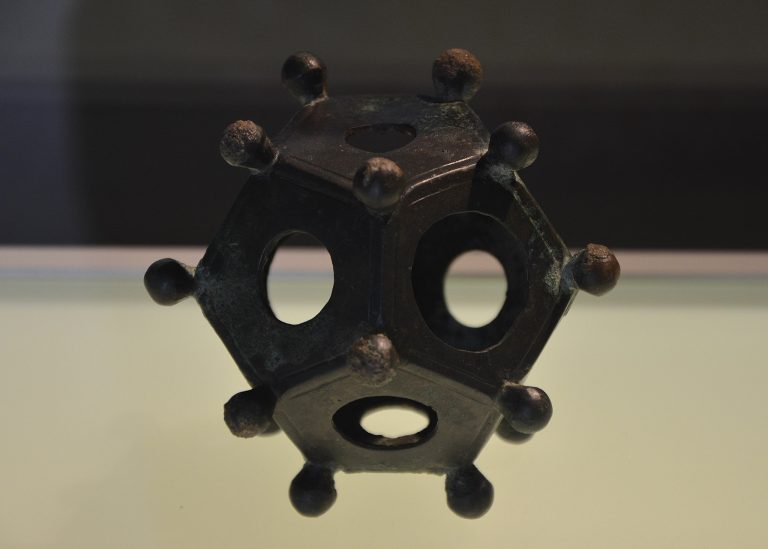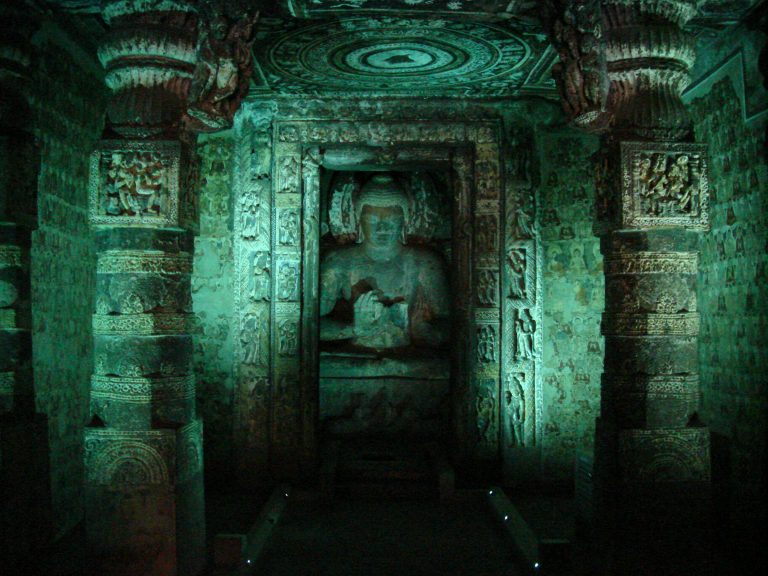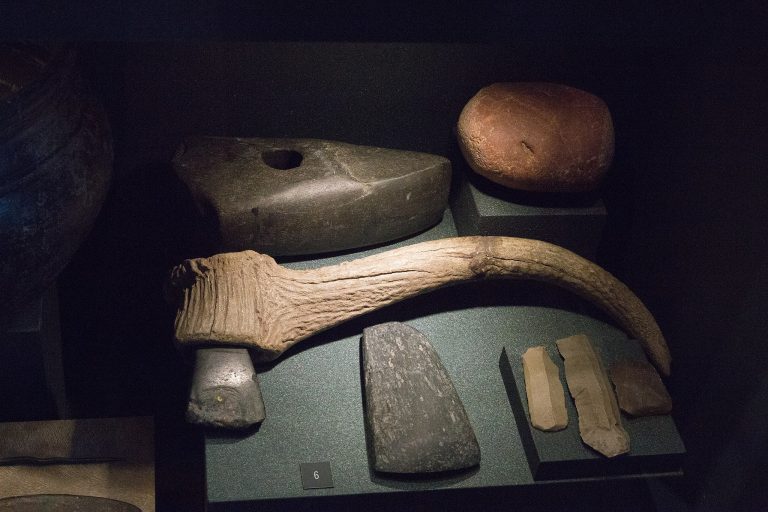Workers at the Tetney Golf Club were tending to the landscape of the area when they unearthed an extraordinary find – a 4,000-year-old coffin that is believed to come from the Bronze Age.
While Britain has a history of archaeological finds, many of which date back as far as the Roman Empire’s occupation of the island (43 CE – 410 CE), much older discoveries emerge from time to time.
A man from the Bronze Age
Dr. Hugh Willmott, senior lecturer and archaeologist at the University of Sheffield, happened to be supervising the excavation of an Anglo-Saxon burial site when he was informed of the unexpected discovery at the Tetney Golf Club, located in the county of Lincolnshire, United Kingdom.
In July 2018, the golf course’s workers were digging up a small pond with an excavator when they hit something hard within the soft soil. Four meters deep, they found an ancient coffin with the skeletal remains of a man inside, the New York Times reports.
The coffin was found to have been made from a hollow tree trunk. The coffin measured nearly three meters long, one meter wide, and weighed half a ton, according to lead conservationist at the York Archaeological Trust, Ian Panter.
Success
You are now signed up for our newsletter
Success
Check your email to complete sign up
Dr. Willmott would later deduce that the man was most probably in his late 30s when he died, and was 5-foot-9, which was considered “quite tall” at the time. He also detected signs of osteoarthritis in the bones, which came from “heavy work rather than old age.”
The skeleton rested on a blanket of plants, below a gravel mound over the grave. According to archeologist Tim Allen, the coffin was part of an “unusual form of burial” that was briefly practiced during the Bronze Age by those of high status in a society of that era.
Other burial sites from the Bronze Age have been made significant in the field of archaeology.
According to the University of Sheffield, the skeleton of the man was also found holding a “perfectly preserved ax” made of stone and a wooden handle, like many Bronze Age relics that were discovered.
The Tetney burial is among 65 tree burials found in Britain, with 12 of them possessing axes.
Rescue mission
Having been exposed to water for thousands of years, the coffin was already falling apart. Dr. Willmott realized that it could deteriorate rapidly if it remained in its current state.
“It was a very hot summer here,” said Dr. Willmott, “Preserved wood exposed was going to decay very quickly. It couldn’t wait days, let alone weeks.”
To prevent the valuable artifact from being ruined, Dr. Willmott’s team hurried to perform a “rescue-and-recovery operation.”
“Luckily, when the burial was found, myself and a team of staff and students from the department of archaeology were working on a nearby research and training excavation.
“This was a brilliant learning experience for our students to see what can be achieved at short notice and I’m so pleased we were able to help,” said Dr. Willmott.
The coffin and the ax were both preserved in cold storage for a while, allowing archaeologists to examine them as much as they could. Soon after, researchers had to begin the conservation process, though the doctor said it could potentially affect the appearance of the artifacts.
To ensure a successful conservation process, Historic England provided a grant of nearly 70,000 pounds (about $97,000) before it was transported to York Archaeological Trust, where it could take up to two years to complete. However, Panter said that the conservationists are still debating over the restoration.
A new life
Plans have been made to display the coffin and the ax at an art and archaeology museum called the Collection, located in Lincolnshire, but the skeletal remains of the man will not be shown, and are to remain “in curated care.”
Utilizing carbon-14 dating on the ax, which Mr. Allen believes was used as a “symbol of authority,” could help determine when the tree that made up the wood of the ax was cut down.
The discovery was not to be made public until an analysis was made, Dr. Willmott said.
The pond where the coffin was found has been declared a Scheduled Monument by the U.K. Secretary of State. Club owner Mark Casswell was in no hurry to reveal the discovery, as he “thought it put off business,” according to Dr. Willmott. Casswell’s workers contacted the local authorities, who then reached out to Historic England.
Casswell himself was amazed that such a discovery was found on his course. “My family farmed here for years before we opened the golf course and I’d never have imagined that there was a whole other world there buried under the fields,” he said, adding that he would like to put a photograph of the ax on his clubhouse wall.
“It’s certainly something to think about while you’re playing your way around the course,” the owner said.



